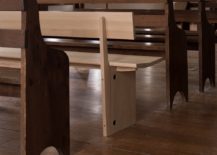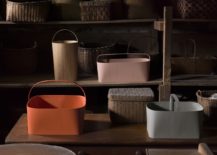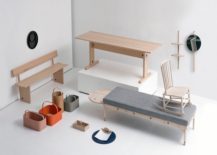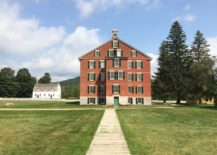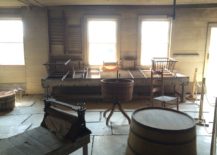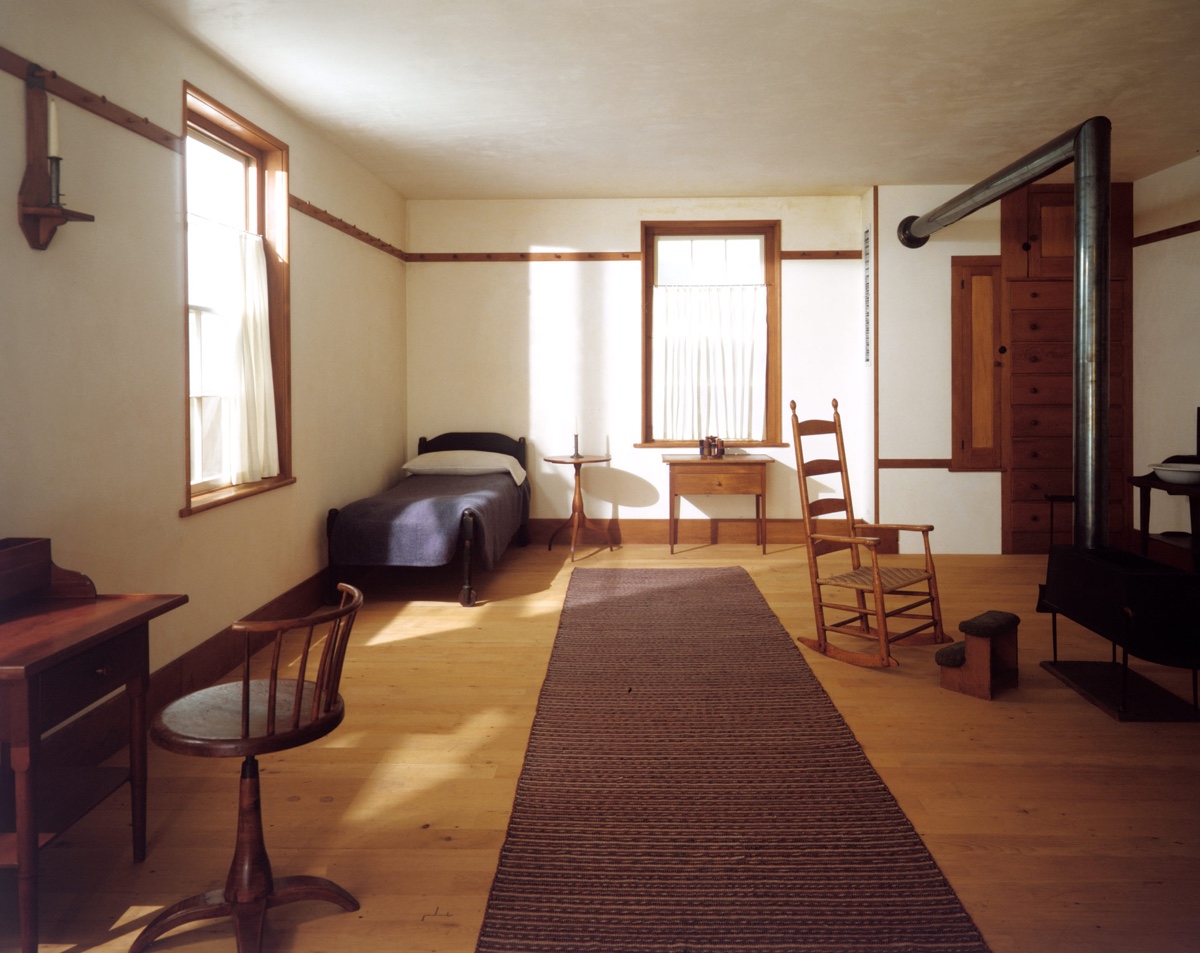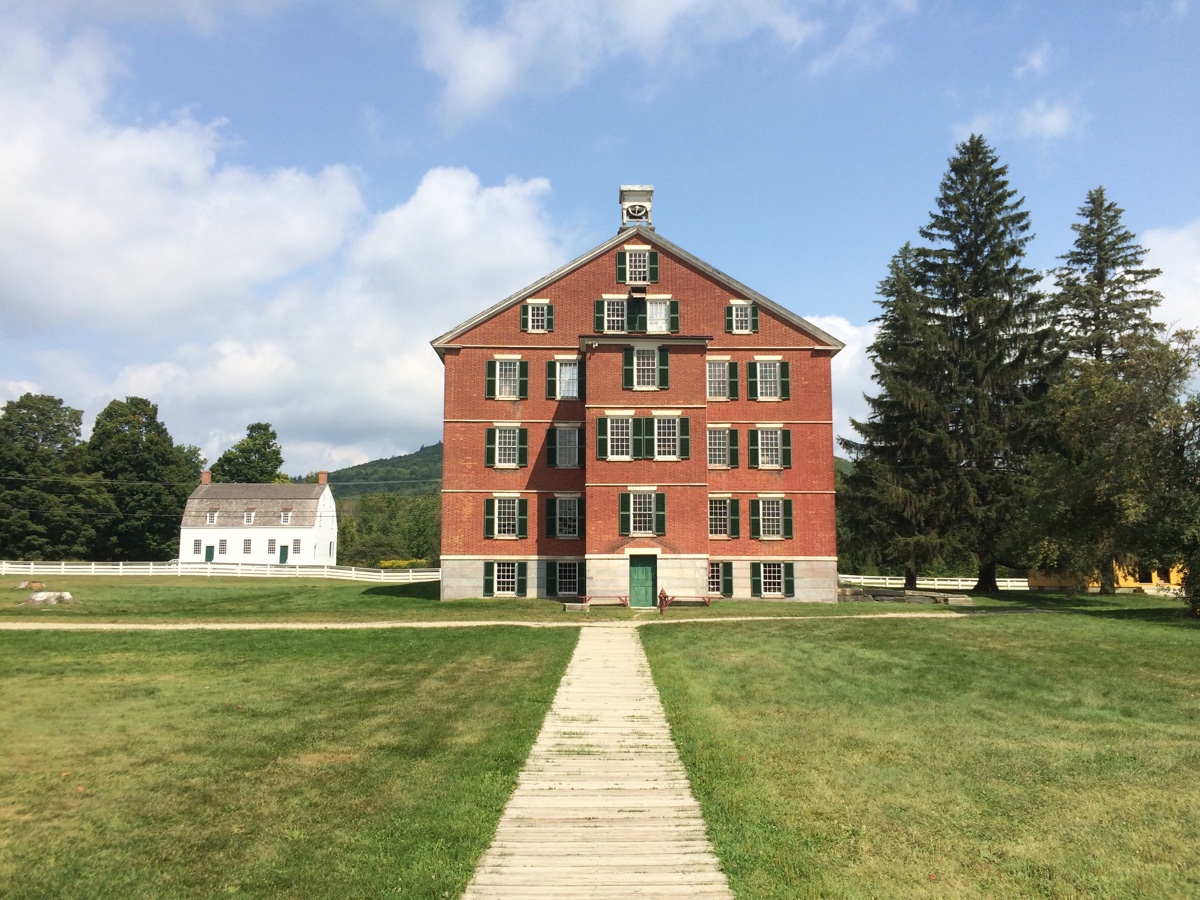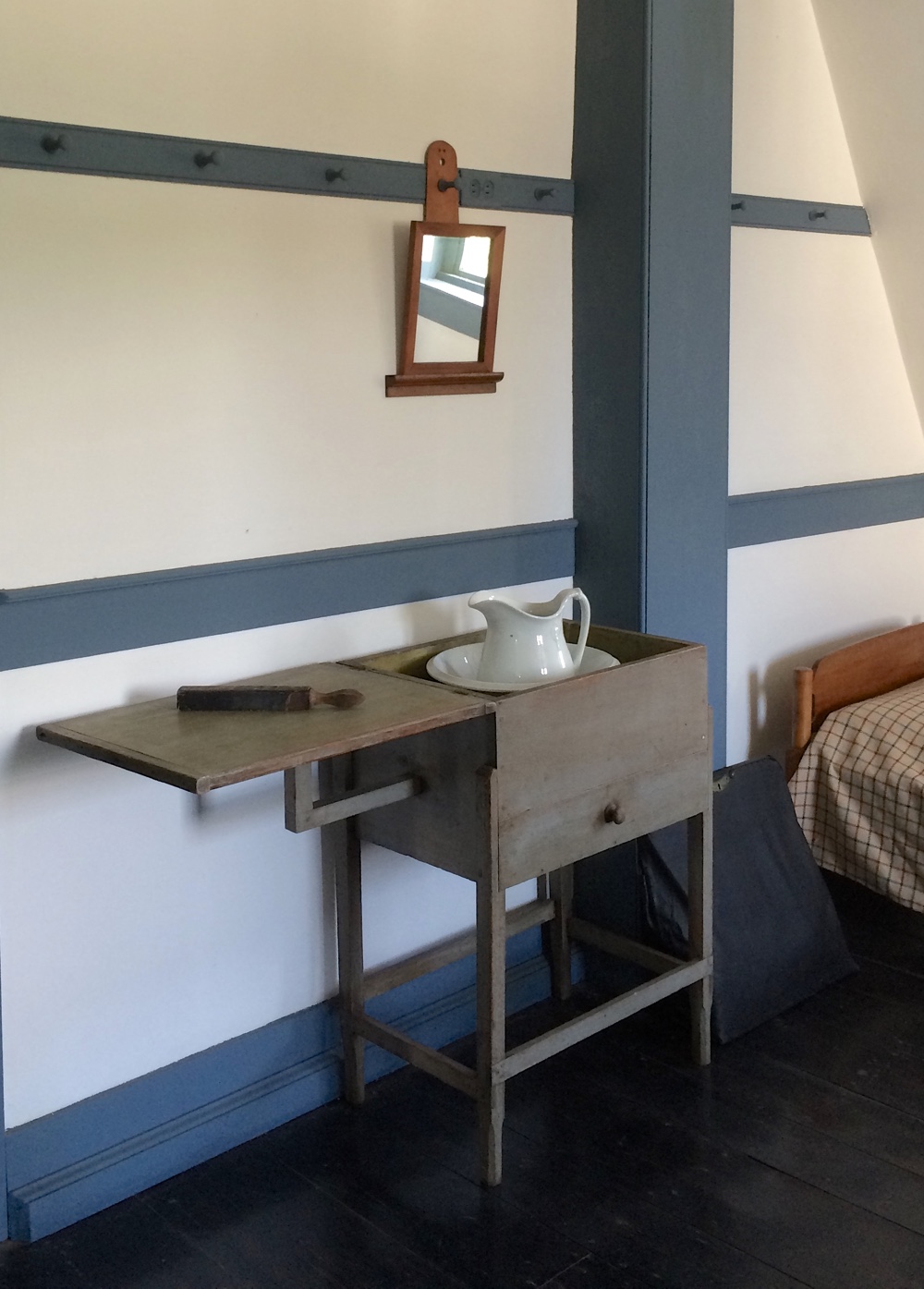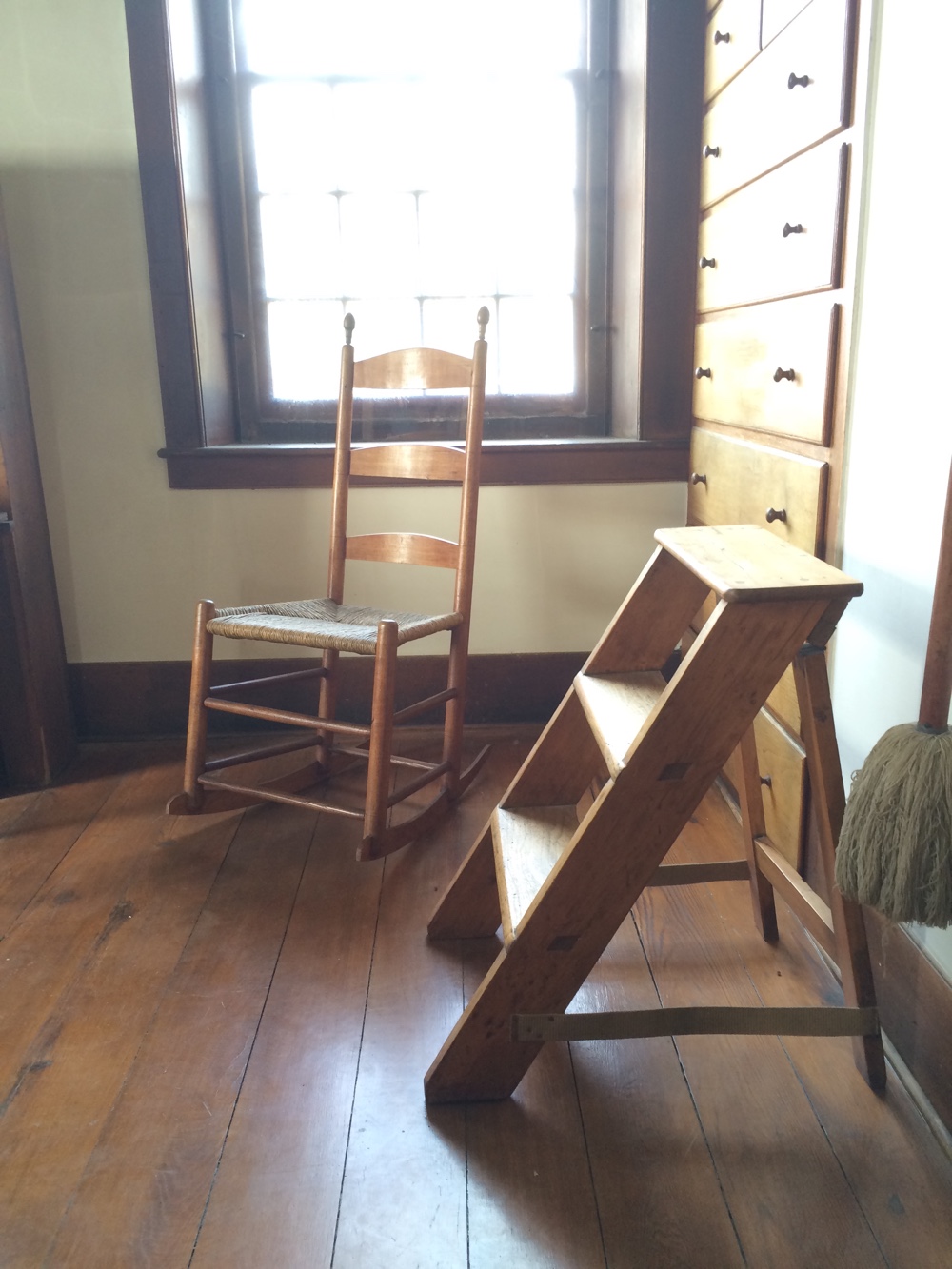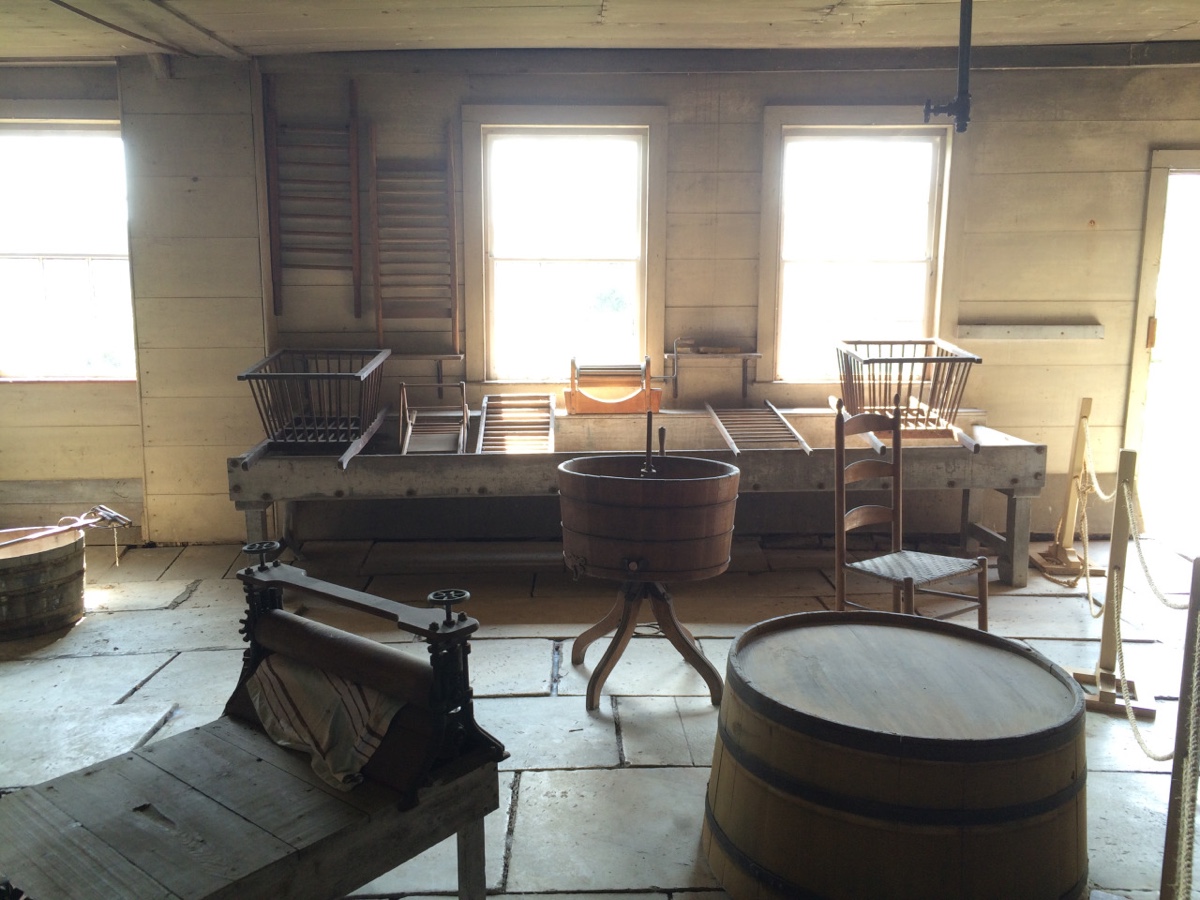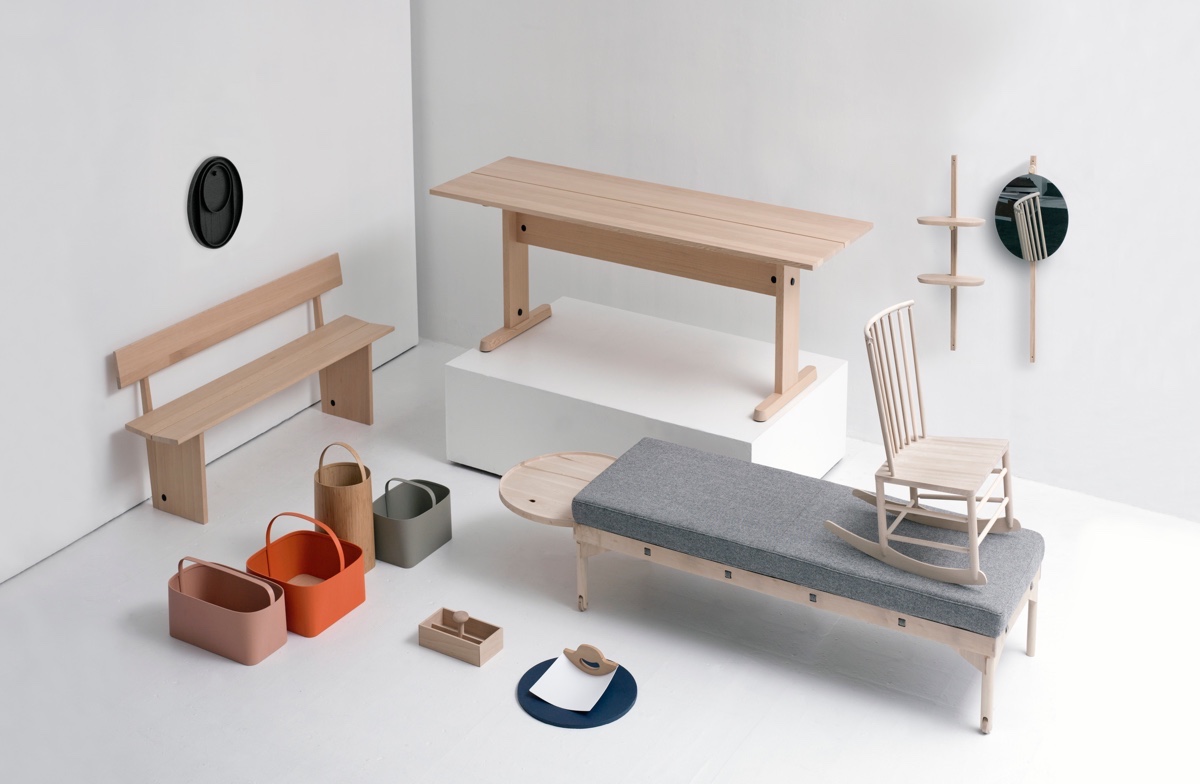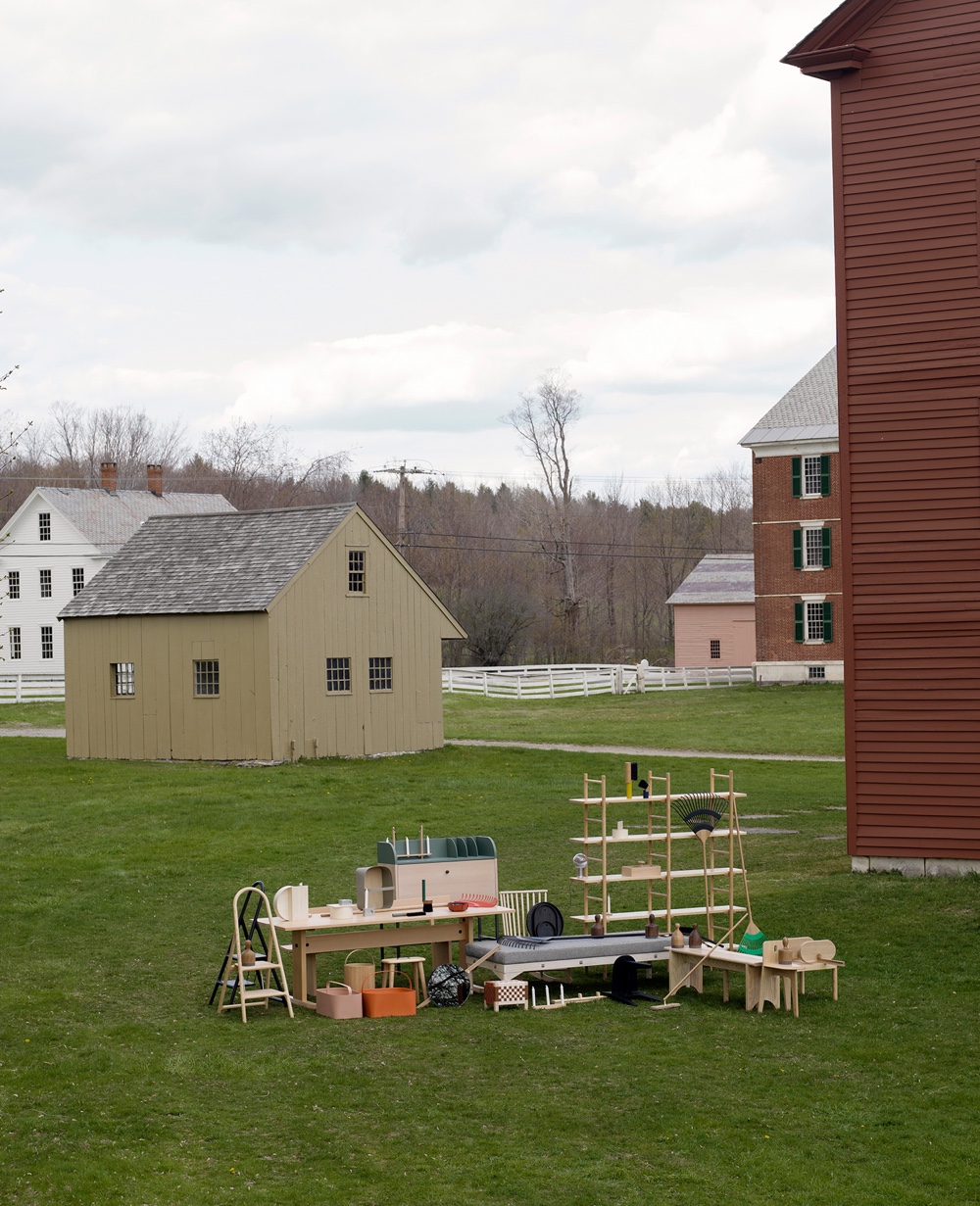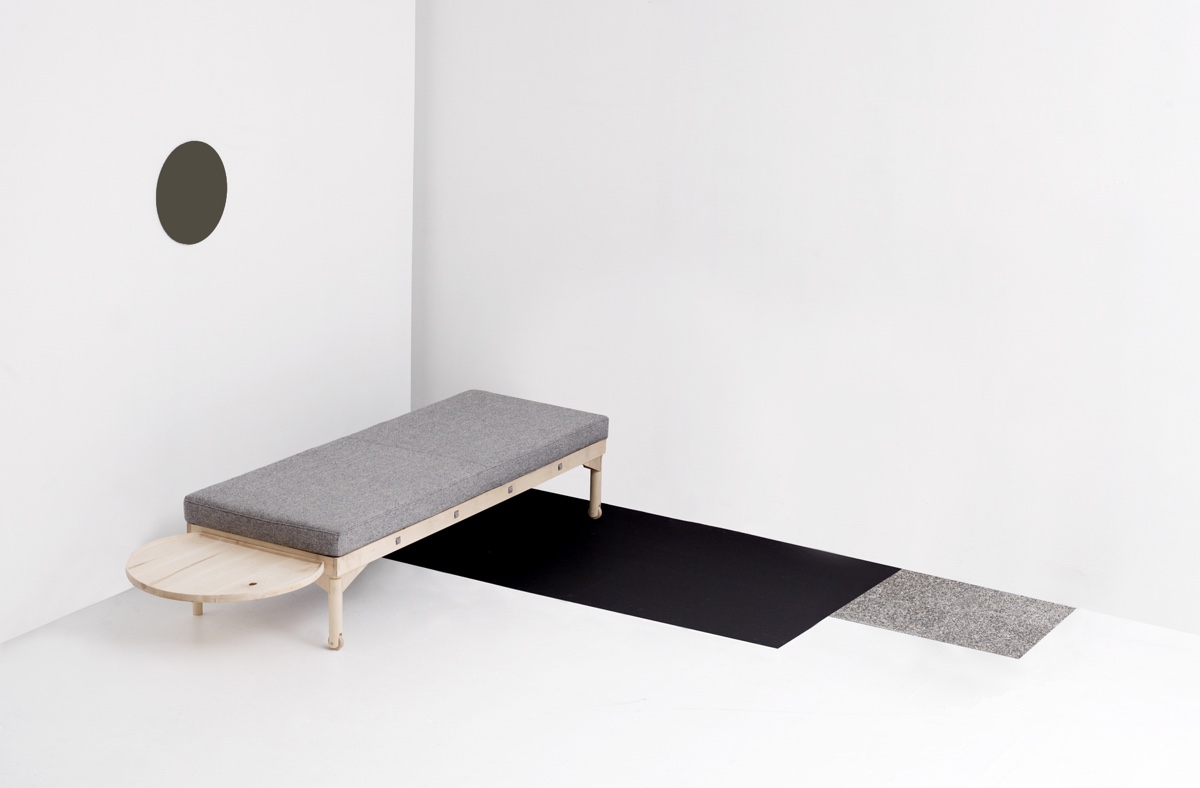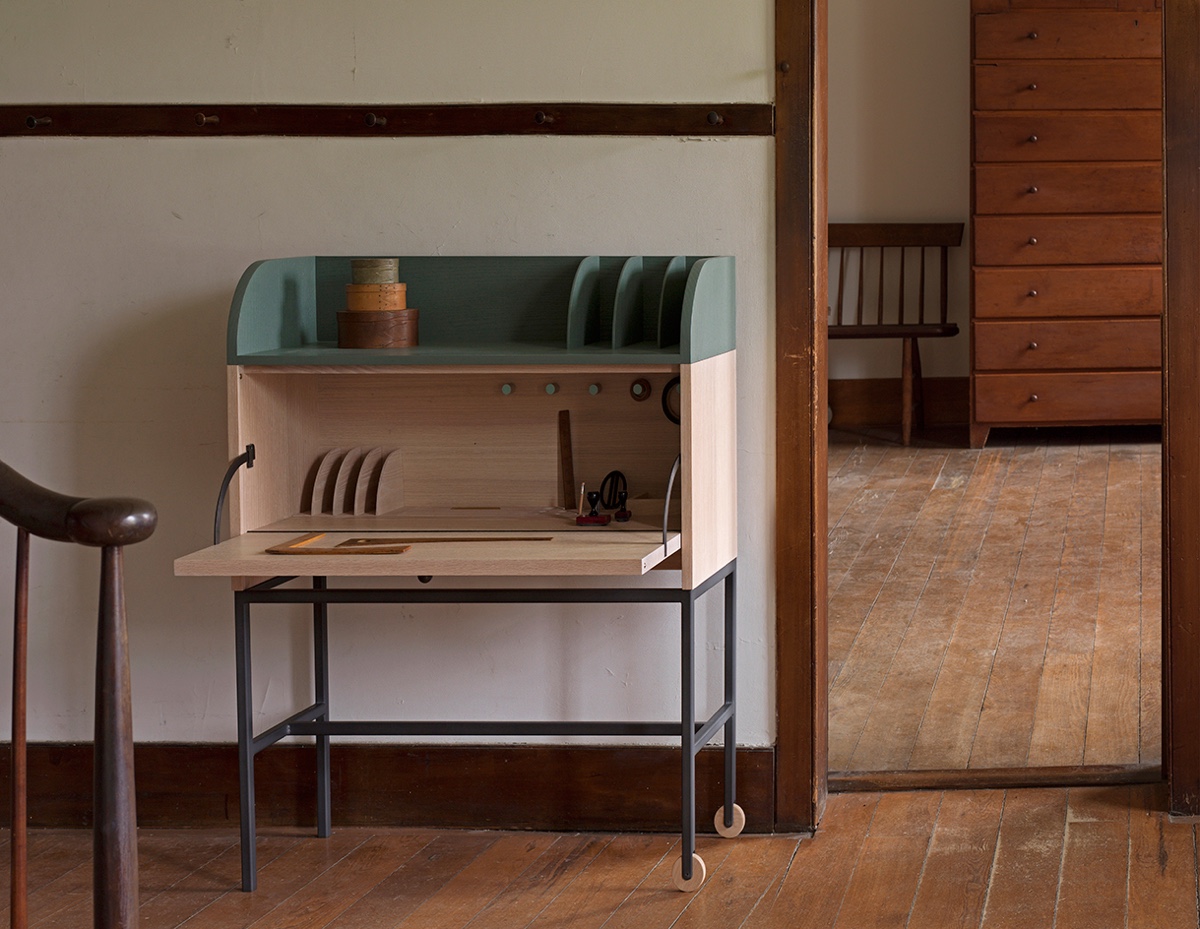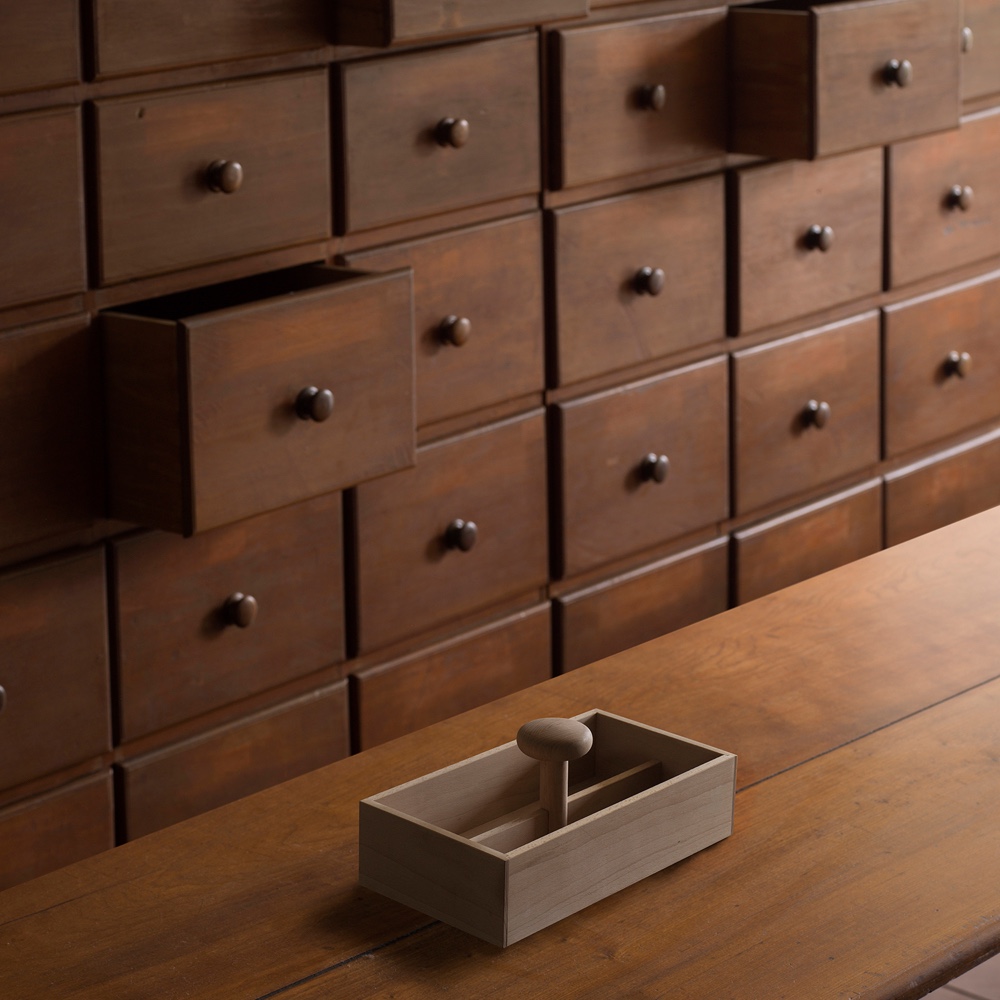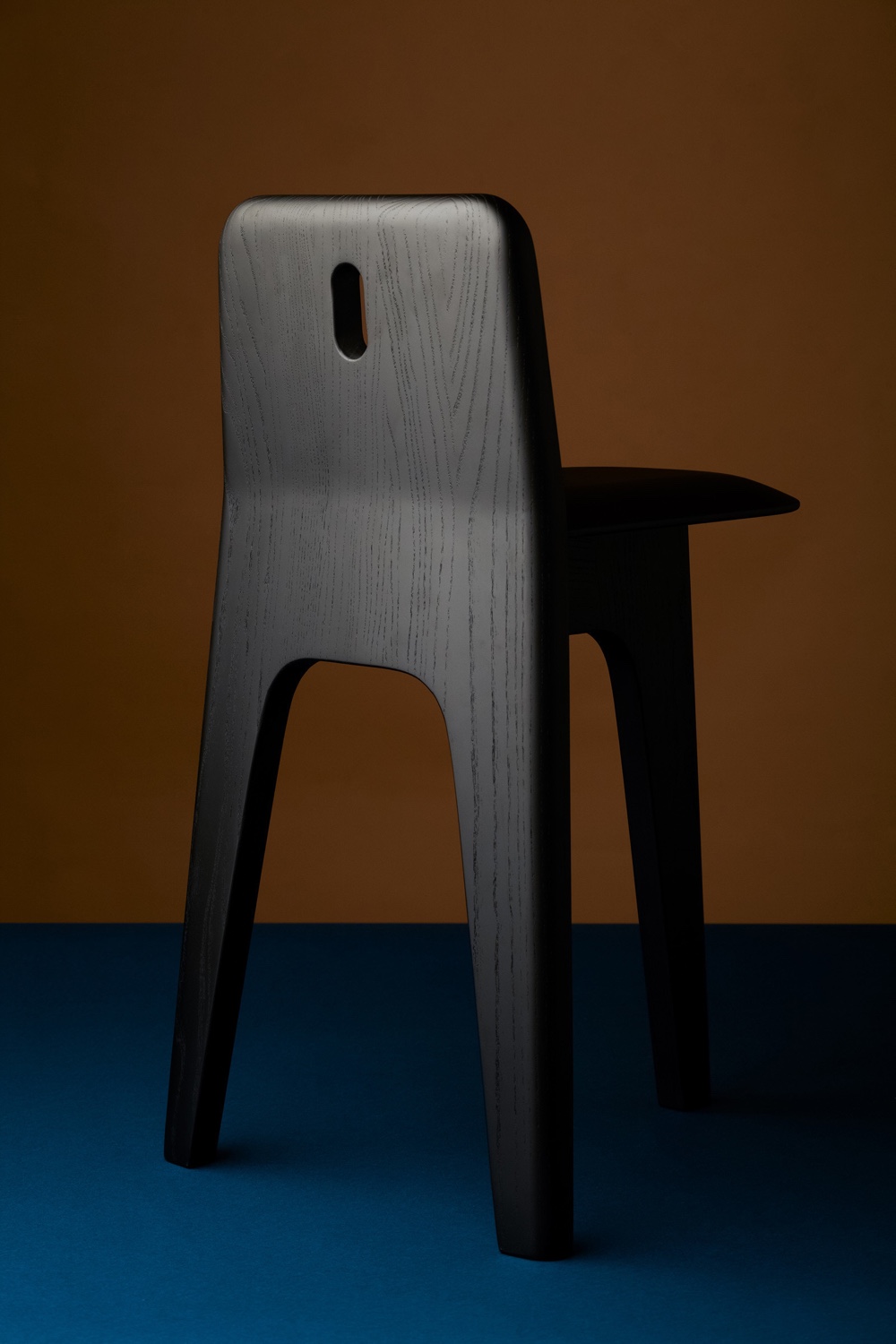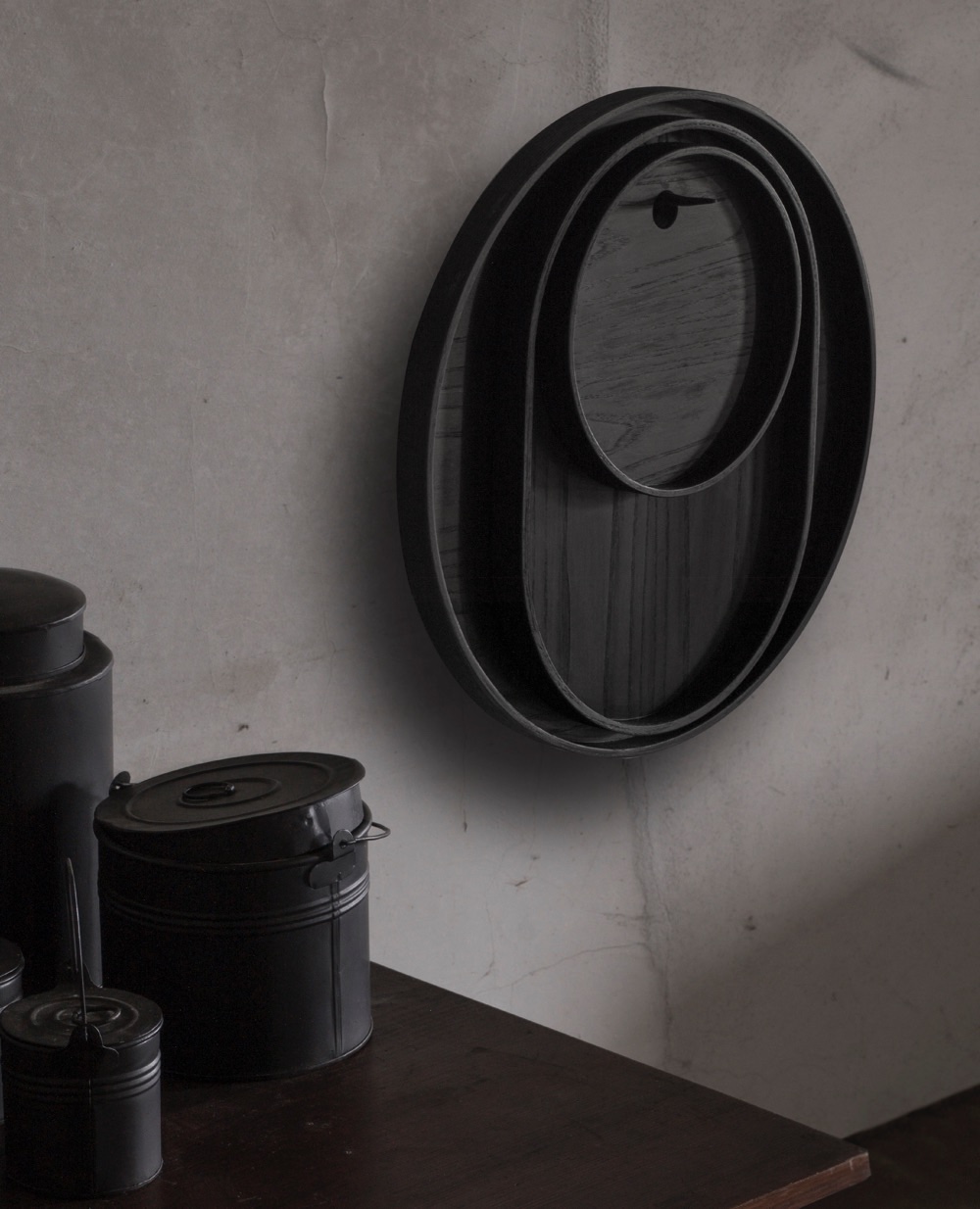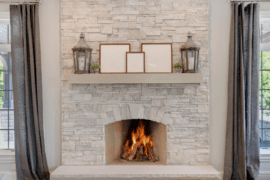“Furnishing Utopia” is a collection of over thirty contemporary crafted objects inspired by the design philosophy of the Shakers. Created by eleven innovative design studios, the objects debuted at Sight Unseen Offsite as part of New York Design Week 2016.
The Shakers
The Shakers were a small and radical group of English Quakers who emigrated from England to America in 1774. Known as the “United Society of Believers in Christ’s Second Appearing”, they were dubbed the Shaking Quakers, or simply Shakers, on account of their euphoric movement and dance during worship. Largely self-sufficient, Shaker communities cultivated their own food, constructed their own dwellings and made their own tools and furnishings. At their height in the 19th century, the Shakers had more than 6,000 members across eighteen communities throughout the USA (Vincent, 2012).
The First Minimalists
Often recognised as the first minimalists, the Shakers are synonymous with a style that is utilitarian, simple and honestly expressed. Rejecting ornamentation, wholly convinced it encouraged the “sin of pride”, the Shakers worked on crafting innovative solutions that resulted in resourceful and unobtrusive furniture systems and shapes. The Shakers eliminated veneers, inlays and carving in their work, believing that: “manufactured goods should be honest in construction and appearance [and] therefore ‘deceitful’ practices such as veneering and applied ornamentation were incompatible with [their] beliefs” (Vincent, 2012).
Supporting Shaker Communities
In order to support their communities, Shakers would sell an assortment of goods to “outsiders”. Cognisant of their artistry, they highlighted the attention to detail, craftsmanship and quality invested in creating their furnishings. Shaker designs were typically well received, their classic and distinctive style an inspiration to many modernist and contemporary designers.
Decline of the Shakers
The 20th century brought about a downturn in the numbers of Shakers. As a religious group, Shakers conformed to several orthodoxies, including celibacy. Consequently they “recruited” people from the outside world in order to maintain and sustain their communities. However, the draw of modern societies by far outweighed the Shakers’ ascetic lifestyle, and so numbers dwindled to a mere handful. Today there is only one active Shaker community with three members, located at Sabbathday Lake in Maine (Vincent, 2012).
Furnishing Utopia
The “Furnishing Utopia” project was established in a bid to further explore the particular design philosophy and aesthetic practiced by the Shakers. Its mission is to connect designers with original Shaker objects and furnishings, so demonstrating the present-day significance of Shaker design ideology.
Collaborating with Hancock Shaker Village and the Mount Lebanon Shaker Museum in New Lebanon, New York, “Furnishing Utopia” invited eleven American and international design studios to participate in a week-long workshop. Studios spent time with museum curators and were given access to a vast archive of Shaker objects. Those studios taking part included: Darin Montgomery, Studio Gorm, Ladies & Gentlemen Studio, Hallgeir Homstvedt, Gabriel Tan and Norm.Architects. Each studio was then invited to produce contemporary designs that reinterpreted and conveyed the ingenuity and aesthetic of traditional Shaker works.
A Utopian Ideal
Religious doctrine aside, the Shakers have profoundly influenced the way in which many designers think about design. Shakers approached craftsmanship and design with thoughtful consideration, favouring function and simplicity over grandiosity and excess. Theirs was a certain type of utopian ideal, a practiced vision of purity and perfection. Living in a manner that is difficult to conceive in the 21st century, Shakers would doubtless baulk at today’s overconsumption and self-indulgence, where utopia for many is found in capital, corporations and consumerism.
Reference:
Vincent, Nicholas C. (March 2012). Shaker Furniture. Retrieved from http://www.metmuseum.org/toah/hd/shak/hd_shak.htm

